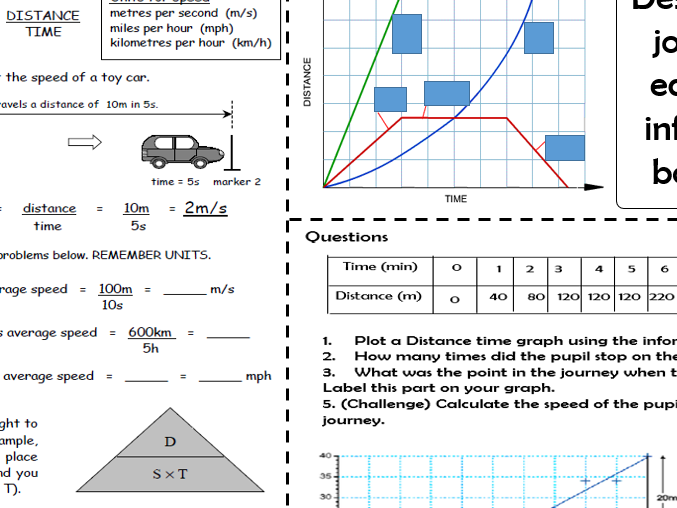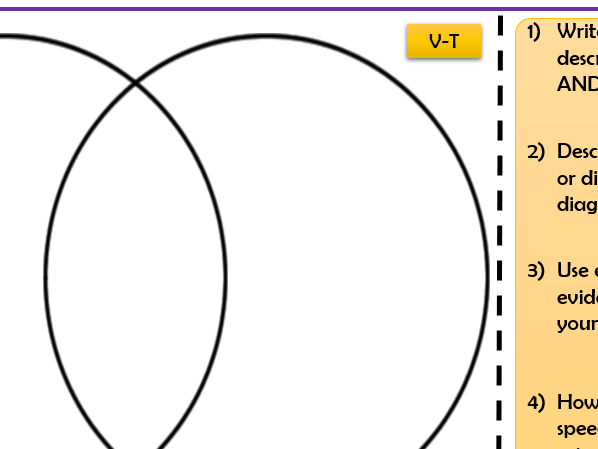ExcellentEd's Shop
I am a secondary school GCSE & A-level Science teacher, specialising in Biology and Physics. My resources are designed to be interesting, engaging and motivating. All content which are lessons, include: a framework to deliver content; questioning opportunities; assessment; a range of activities to suit students of all abilities; differentiation in most points of the lesson; challenging questions (for all levels) with model answers; and of course starters and plenaries.




















